Are you looking forward to learning about Egypt with kids but can’t travel there quite yet? Come join us as we head on an Egypt virtual tour!
Come along with us as we take an Egypt virtual tour and explore from home! Perhaps you’re planning a trip to Egypt with kids in the future, or maybe you just want to learn more about the country right from home. Either way, this is a guide to learn about history, culture, food, people, as we enjoy our homeschooling Egypt unit.
This guide is a great way to connect via heart and mind with those of diverse backgrounds from around the world. It’s perfect for preparing for future family travel, to help with homeschooling, or just for fun. We can’t wait to learn more about the beauty and diversity of Egypt with kids.
Our family likes to spend 1-2 weeks on a virtual field trip to each country. We typically spread out these activities and pick a couple each day. I hope you enjoy learning with us as we explore these Egyptian activities for kids!
This post about learning about Egypt with kids contains affiliate links, but all opinions are 100% my own. That means I earn a small commission if you purchase through my link, but doesn’t change your price.
Table of Contents
EGYPT VIRTUAL TOUR:
LEARN ABOUT EGYPT WITH KIDS AND EXPLORE FROM HOME
Fun Facts for Egypt Virtual Tour
- A pharaoh was an Ancient Egyptian leader and was considered both a god and a king.
- The Pharaoh could be a man or a woman. S/he did not show her hair to regular people!
- Most pyramids were built as tombs for pharaohs and their families.
- Ancient Egyptians thought a person’s soul would live forever if their body was preserved. Because of this, they mummified a dead person’s body.
- Ancient Egypt was one of the first places to invent writing.
- Cats were sacred, or very special and connected to the gods, in Ancient Egypt.
- The largest pyramid in Egypt is the Pyramid of Khufu at Giza.
- Both men and women in Ancient Egypt wore makeup. They thought it would heal them, and it also protected their skin from the hot sun!
- Ancient Egyptians used moldy bread to help with infections.
- Egyptians first invented a paste to clean their teeth around 5000BC!
- Egypt only gets about 1″ of rain for the whole year.
Photo credit HERE
Language Arts Egypt Homeschooling
Languages Spoken in Egypt
- The official language in Egypt is Arabic.
- There are 16 individual living languages spoken in Egypt!
- English is the most widely used language in tourism. Many road signs in Egypt are written in both Arabic and English.
- Learn basic Arabic phrases (3 minutes)
- Or you can head here if you want to learn ancient Egyptian!
- Hieroglyphs were the writing system used in Ancient Egypt. In total, there were about 1,000 distinct characters.
- Only about 1% of Ancient Egyptians were literate. They loved stories, but most were passed down orally through families.
Egyptian Literature & Egyptian Folktales
- The oldest Egyptian literature was written in the Egyptian language.
- Ancient Egyptian literature and Sumerian literature are considered the oldest in the world.
- Ancient Egyptian hieroglyphs represented words, phrases, syllables, and alphabets. You can use this guile to see some hieroglyphs!
- Most of the scripts used today in languages around the world originally came from the Ancient Egyptian hieroglyphic script!
- The Egyptians called their hieroglyphs “words of god” and only used them for special reasons, such as talking to spirits and for writing on burial sites.
- Simple, cursive hieroglyphs were called hieratic.
- Ancient Egyptian literature was written on papyrus (used in Ancient Egypt and similar to thick paper, made from a water plant), pottery, wooden boards, and burial monuments.
- Egyptian mythology tells what happens to the Ancient Egyptian gods. Egyptians believed in over 2,000 deities!
- Egyptian myths were usually metaphorical – that means they were stories that represented lessons for humans.
- The Rosetta Stone (discovered near the town of Rashid = Rosetta) was the first Ancient Egyptian writing in multiple languages that was discovered in modern times. It is written on a large stone.
- The top and middle texts are written in Ancient Egyptian texts. One is in hieroglyphs and one is Demotic (an Ancient Egyptian script related to hieratic script). The bottom text is written in Ancient Greek.
- This became the key to deciphering Ancient Egyptian hieroglyphs.
- Because of that, we came to understand much more about Ancient Egyptian history.
- It is a decree that was written in 196 BC for King Ptolemy V Epiphanes.

Egyptian Gods Writing Assignment: Egypt Writing Assignment for Elementary and Middle School Children
- Ancient Egyptians had many gods for different purposes.
- They had gods for everyday needs such as bravery, strength, and loyalty.
- Create your own Egyptian god! Consider some of the following questions:
- What trait does your god represent?
- How your god was created? From air? Or from water? Perhaps from the earth?
- Where does your god live?
- Who are your gods friends? Enemies?
- What does your god like to do?
- What animal best represents your god?
Reading: Books to Learn About Egypt for Kids
Homeschooling Egypt Language Arts Activity Suggestions:
- Take an Egypt virtual tour by making a brochure for Egypt, incorporating landmarks, geography, and food.
- Pretend you’re a weatherperson and create a slideshow about the weather for the month.
Photo credit HERE
History & Government: Homeschooling Egypt Facts
The official name of the country is the Arab Republic of Egypt. The official language is Arabic, and the capital is Cairo.
Egypt is a democratic republic. Some people say that is not really true, since in the past, there weren’t different choices for who to vote for. The current president is Abdel Fattah el-Sisi.
The first people lived on the Nile River about 8,000 years ago! They needed to live along the river so they could grow crops and fish. They started a civilization, or an advanced community and society, about 3,000 B.C. That was around the time when the the various areas around the river were united under a pharaoh. That lasted for about 2,000 years.
Most Ancient Egyptian children did not attend school, but instead learned at home. Some children (almost all boys) who were learning to be scribes or were very wealthy may have attended schools set up in classrooms similar to what we have today.
Egypt started to break apart into smaller areas around 1,000 B.C. It was ruled by the Romans for a while, and then the Muslims, who founded the city of Cairo.
The British invaded Egypt in 1882 because they wanted control of the Suez Canal, which connected the Red Sea to the Mediterranean Sea. Egypt declared independence in 1952, which is when the British left.
Famous People
- Ramses II. He was the most powerful Egyptian pharaoh. Ramses became pharaoh when he was 14 years old and ruled for over 60 years. He built many temples and monuments and won many wars.
- Hatshepsut. She was a powerful and intelligent pharaoh who built Egypt’s economy through trade. Her reign was a time of peace.
- Tutankhamun became pharaoh when he was 9, and died when he was 18. He changed the main god Egyptians worshipped and changed his name to reflect that. Most people liked him. We do not know how he died.
- Cleopatra. She was a famous pharaoh who was very powerful and beautiful. She built up the Egyptian economy. Unfortunately, at the end of her reign, Egypt began to decline as the Romans took over. She was the last pharaoh before the Romans conquered.
- Moses was a Biblical prophet who helped slaves escape out of Egypt.
Resources
Egypt exports a lot of oil and gas. That means they sell it to other countries. They also make metals, cloths, and chemicals. Tourism is also very important in Egypt.
Currency
1 USD ~ 15 Egyptian pounds
Holidays
- The weekend is Friday and Saturday in Egypt.
- July 23rd is the National Day of Egypt, which is when the Egyptian republic started with the Egyptian Revolution of 1952. This ended the Kingdom of Egypt.
- Ramadan is one of the biggest celebrations in Egypt. It is a month during which Muslims fast from food and drink during daylight hours. The ending meal of Ramadan is called an iftar.
- Leylet en Nuktah is a celebration of the Nile River because of the life it sustains.
- Egyptian Christians celebrate Christmas on January 7th (Coptic Christmas). They eat a traditional soup with rice, garlic, and meat that is called fata.
- Moulid an-Nabi celebrates the prophet Mohammed’s birthday.

Egyptian History Flag Activity:
- Color a flag of the Arab Republic of Egypt
- Red = sacrifices and blood of Egyptian martyrs
- White = peace
- Black = the sad period of occupation
- Egyptian eagle = strength and power
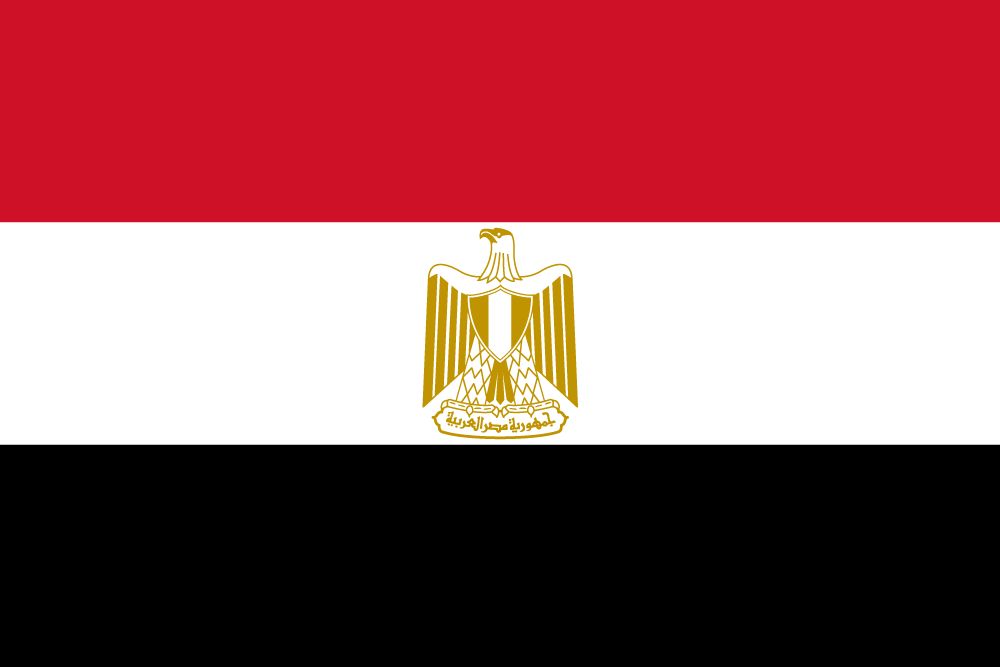

Coloring sheet flag from HERE
Video About Egyptian History for Kids:

Geography & Climate: Egypt Virtual Tour for Kids
- Find Egypt on a map or globe.
- Cairo is the capital of Egypt (find the star on the map).
- Egypt is in the Northeast of the African continent.
- Weather
- Egypt has 2 seasons – a mild winter, and a hot and dry summer.
- While most of the country is very warm, the northern coast has more of a Mediterranean climate.
- The desert can get very cold at night!
- The Sinai Peninsula is part of Egypt.
- The Suez Canal separates the Sinai Peninsula from the rest of Egypt, and connects the Red Sea to the Mediterranean Sea. It also separates Africa and Asia.
- That means most of Egypt is in Africa, while Sinai is in Asia!
- Nile River
- The longest river in the world goes through Egypt, and it is called the Nile River.
- The most fertile growing areas are near the Nile River. The most important crops in Ancient Egypt were wheat, flax (used to make linen for clothing), and papyrus.
- The Nile River floods at least once per year. It also flows northward.
Egypt Geography Activity Suggestions:
- Color in Egypt on the maps.
- Count how many countries Egypt borders (4).
Egypt Geography Video:

(Map from HERE)
(Map from HERE)
Culture & People: Egypt Virtual Tour
Ancient Egypt
Makeup and jewelry were very important to both men and women in Ancient Egypt. Those with more money wore gold and silver, while poorer residents wore copper.
People lived in mud houses that had dried in the sun. If it got very hot inside, they would sleep on the flat roofs!
Some of the jobs in Ancient Egypt included farmers, craftspeople (to make jewelry, clothing, and more), soldiers, scribes (who trained to write in hieroglyphics), and priests/priestesses. Wealthy and educated women were able to do many of the important jobs in society.
Most people took daily baths in the Nile River. They wore simple clothes that were made of linen (from the flax plant), and they were almost always white. Women usually had short hair until the Middle Kingdom, when they started wearing it longer. Kids didn’t wear any clothes at all until they turned 6 years old! Many Egyptians did not wear shoes, but if they did, they wore sandals. Rich people wore leather sandals, and poor people wore ones made of grasses.
Mummification in Ancient Egypt
Ancient Egyptians mummified, or treated and preserved, their dead. They believed that the body needed to be preserved as intactly as possible in order to enjoy the afterlife. The soul stayed in the body, so it needed to be preserved or the soul would be lost. It was expensive to be mummified, so while it was done to some common people, it was mostly for pharaohs and nobility. Some animals were also mummified.
Mummification took 70 days. First, priests needed to remove moisture from the body so it would not rot. They did this by removing all the organs except the heart, as they thought that was the center of the person’s being. Then they filled and covered the body with a type of salt. After it dried out, they cleaned off the salt and then wrapped it tightly in strips of hundreds of yards of linen! Finally, they were placed in the tomb with amulets and other riches, as well as things they enjoyed, to have with them in the afterlife.
The Ancient Egyptians were very good at mummification. So good, that we can tell what people from 3000 years ago looked like!
Here are a couple of really fun books for kids about mummies!
Photo credit HERE
Modern Egypt
Family is very important in Egypt. Children are seen as really important. They are also expected to care for parents when they get old.
In some parts of Egypt, women over the age of 16 do not work in the fields. Instead, they typically take care of household duties. Women rarely go out in public unless they are wearing a black muslin headdress for their heads and faces.
Ancient Egypt Jewelry Activity: Ancient Egyptian Collar Necklace
Get all the details HERE for this fun cultural project!
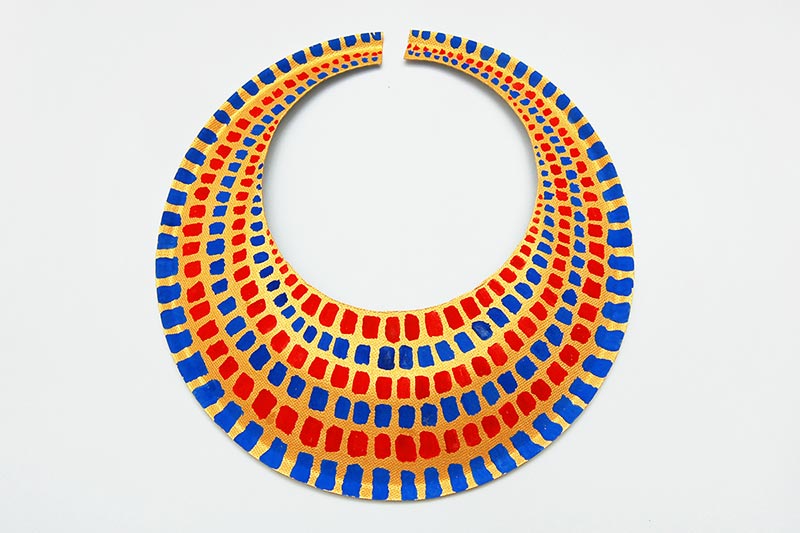
Food: Egyptian Recipes for Kids: Egyptian Food That Kids Will Enjoy
Food is a perfect way to take an Egypt virtual tour. Making these recipes was one of our favorite parts of our homeschooling Egypt unit!
Here are some common foods in Egypt:
- Ful (slow cooked fava beans, often eaten with eggs and cheese)
- Ta’meya (Egyptian fava bean falafel)
- Koshari (one of the most popular Egyptian foods, traditionally a street food with pasta, rice, and legumes)
- Mahshi (rice-stuffed vegetables)
- Molokhia (green vegetable soup)
Egyptian Recipes for Kids
Cooking is a perfect activity for a homeschooling Egypt unit. Here are some of our favorite kid friendly Egyptian food recipes!
- Easy Egyptian Karkade (hibiscus iced tea)
- Easy Egyptian lentils and rice
- Homemade pita bread
- Kid-friendly Egyptian koshari recipe
Photo credit HERE
Famous Landmarks: Egypt Virtual Travel with Kids
Head on an Egypt virtual tour by visiting some famous landmarks through books, art, and videos!
- Great Pyramid of Giza. The builders used more than 2 million blocks to create it! It was built for a pharaoh who Ancient Egyptians thought was a god, and who needed his body preserved for the afterlife.
- Great Sphinx of Giza. The sphinx is a mythical creature in Greek mythology. Historians think this may be the oldest large statue in Egypt. It is over 4,000 years old!
- Abu Simbel. Two ancient temples on the Nile River that are carved into a cliff. The Ancient Pharaoh Ramesses II ordered it to be built. It took over 20 years!
- Valley of the Kings. This is a necropolis, or city of the dead. It has the tombs of many ancient pharaohs, including that of King Tut, which was almost completely undisturbed.
- Al-Azhar Mosque. It was founded in 970 A.D. as the first Islamic university in Egypt.
- Coptic Orthodox Church of Alexandria. It was established in the middle of the 1st century by St. Mark.

Art History: Egyptian Art History with Kids
Ancient Egyptians viewed kings or pharaohs as halfway between a god and a human. The best artists made their art for the king, and to show him or her as being like god. Then other artists copied the master artists to make art for the people.
- The earliest known work of art is the Palette of Narmer, from about 3,000 B.C.
- People often painted art on the walls of burial areas for a pleasant afterlife for the person who had died.
- Relief was a style of art where the artists carved away the background so the images stood out.
- Artists often showed people with their faces turned sideways (in profile).
- The pharaoh was bigger than everyone else in artwork.
- Egyptians also made 3-dimensional art (sculpture). Those usually faced forward instead of sideways.
- Art was very functional in Middle and Ancient Egypt. The artists made it for a specific purpose – almost always for the pharaoh, to decorate a sacred or burial site, or for some other use. People rarely made art just for decoration.
- Much of the art was religious.
Art Activities: Virtual Tour Egypt Art Activities with Kids
Clay Egyptian Cartouche Necklace: Activity for Kids
A cartouche was an Ancient Egyptian name plate. It was oval with the person’s (king or queen’s) name in hieroglyphics inside. A magical rope symbol surrounded the outside to protect it. You can make your own royal cartouche right here!
Materials
- Hieroglyph book for kids, Hieroglyph chart, or you can use THIS site to translate into hieroglyphs
- Modeling clay (love the colors in this set!)
- Toothpicks or skewers
- Twine
- Use the hieroglyph book to figure out how to write your name in hieroglyphs.
- Take a piece of clay and roll it out into a rectangle/oval about 1 inch by 3 inches. Lay it out vertically.
- Using a toothpick or skewer, gently poke a hole near the top of your clay. Then gently write your name in the clay from top to bottom using hieroglyphs.
- Leave clay out to dry.
- String a piece of the twine through the hole, then tie the other end. Wear as a necklace!
Egypt Crafts Activities for Kids: Egypt coloring pages

Coloring page from HERE
Religion & Philosophy: Homeschooling Egypt for Kids
The official religion in Egypt is Islam. Most are Sunni Muslims (about 85-90% of people). About 10% are Coptic Christians.
Egypt formally has freedom of religion under the law. However, there are many social difficulties. The government sometimes shuts down Christian churches even though they are legally allowed. The government only recognizes Judaism, Islam, and Christianity.
While technically, Egyptians may convert to any religion they choose, this is much more difficult in practice. Sometimes, members of one religion may prevent their members from converting away from their religion. Others may stop converts to their religion in the name of preventing social unrest.
Ancient Egyptians believed good deeds made your heart light, and if you did bad deeds, your heart would be heavy. If your heart was lighter than a feather, you would sail off into a paradisiacal afterlife.
Egyptian Religion Activity
Egyptian gods card matching game

Coloring page from HERE
Other Egyptian mythology coloring pages HERE

Movies about Egypt for Grown Ups and Kids
Kids
- Night at the Museum One, Two, Three
- The Prince of Egypt (animated biblical film about Moses freeing his people from bondage)
- Joseph King of Dreams (animated biblical film about Joseph from the book of Genesis)
- Despicable Me
- The Ten Commandments
- Indiana Jones: Raiders of the Lost Ark (for older kids)
Grown Ups
Math & Science in Egypt: Egyptian Inventions
- Science behind building the pyramids video.
- Egyptians invented papyrus, a paper-like material.
- They also constructed canals and irrigation ditches. The Nile River floods every year, and this allowed them to get the water to distant areas.
- Ancient Egyptians created black ink.
- Egyptians used obelisks as sun clocks!
- Egyptians invented black kohl for eye makeup.
- An Egyptian papyrus from the 300s AD gave a recipe for toothpaste and how to brush!
Animals in Egypt
Egypt has 21 protected areas. These are great places to see Egypts many animals!
The largest wild animal is the aoudad, a kind of bearded sheep. There are a few different lizards and poisonous snakes, as well as scorpions, rodents, and locusts.
Many birds also live in Egypt, and the Nile River has almost 200 kinds of fish! There area also a number of different desert mammals that live in Egypt, including the Dorcas gazelle and the Egyptian jackal.
Photo credit HERE
STEAM and Craft Activity Suggestions when Homeschooling Egypt with Kids
- Build a replica pyramid out of LEGOs, clay, or cardboard.
- Design a poster of your perfect pyramid and everything with which you’d want to be entombed. Consider all your most special items!
- Here are some excellent ancient Egypt science projects for older kids!
Here are a few really fun books with Egypt-themed STEAM projects – perfect for an Egypt virtual tour with kids!
Ancient Egypt Mummification STEAM Activity
Materials:
- Slice the apple into 10 slices.
- Wrap 5 of the slices tightly in gauze.
- Place each of the slices in a paper cup.
- Cover 1 wrapped and 1 unwrapped slice with each of the substances. Leave the final two without any substance.
- You should have the following:
- Plain apple
- Gauze covered apple
- Salt
- Gauze + salt
- Vinegar
- Gauze + vinegar
- Olive oil
- Gauze + olive oil
- Sugar
- Gauze + sugar
- Wait 4-5 days and see what happens to each. Discuss why!
Music: Homeschooling Egypt Music Unit
Music and chanting were important in Ancient Egypt. Instruments like harps, flutes, and double clarinets were used in the Old Kingdom times. Then percussion instruments and lutes became common in the Middle Kingdom (2050-1550 BC).

Sports, Games, and Movement in Egypt
Ancient Egyptians hunted for food and also for entertainment. They also liked to play board games.
One popular board game was senet, which is over 5,000 years old! Many pharaohs were buried with their senet boards. They loved to play and wanted to do so in the afterlife, as well! Another popular game was mehen. It used a round board with spaces shaped liked a coiled snake.
Sports were also popular. Sports prepared boys to be warriors. Wrestling and chariot racing were some of the most common.
Children’s Games in Egypt
Kids also liked to play games and swim in the river. Parents taught kids to swim when they were young. Archaeologists have found children’s toys like rattles, balls, and tops. They even invented a version of bowling!
You can play senet yourself right HERE!

Thanks for Taking a Virtual Visit to Egypt With Us!
We’ve loved putting together this Egypt virtual tour. We’d love to hear if you do any of these activities for a homeschooling Egypt unit, or if you visit in person!
We hope to inspire curiosity and connection through exploring and learning, and we hope this guide helps you and your families. Please share any activities you do with us over on our Instagram. If you enjoyed this Egypt virtual tour with kids and homeschooling resource, please pass it along so more families can benefit – we would appreciate it so much!
MORE POSTS
IF YOU LIKED THIS EGYPT VIRTUAL TOUR WITH KIDS, YOU MIGHT LIKE THESE POSTS TOO:
- 15+ Travel Activities for Kids to Explore from Home
- Fiction Travel Books for Kids
- Virtual Tour of Mexico with Kids
- Morocco with Kids: Ultimate Guide for Family Travel
NOT READY TO EXPLORE EGYPT WITH KIDS FROM HOME QUITE YET? PIN THIS POST FOR LATER!


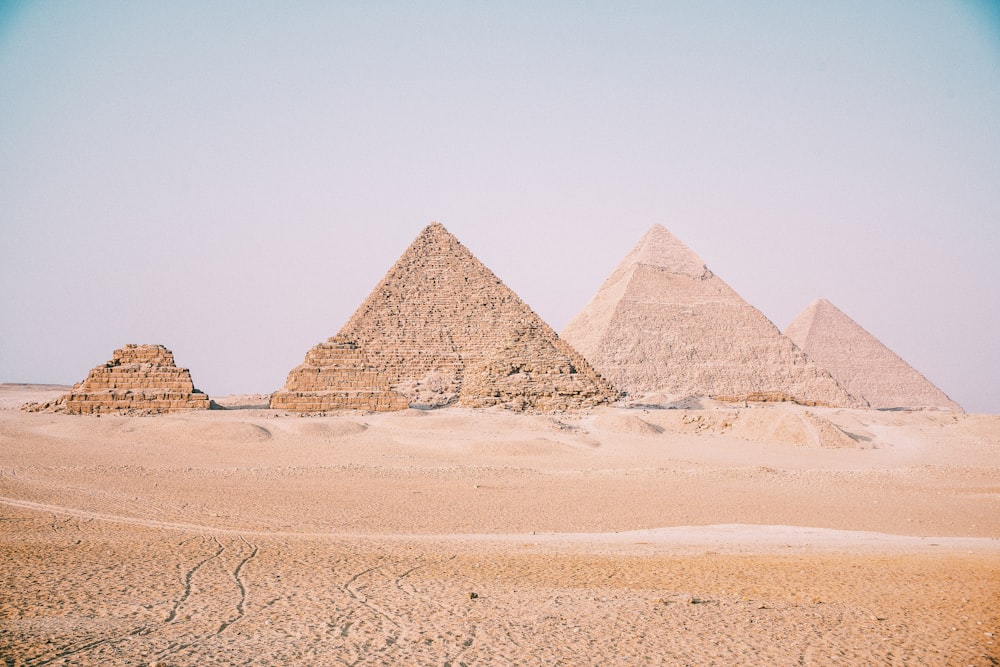
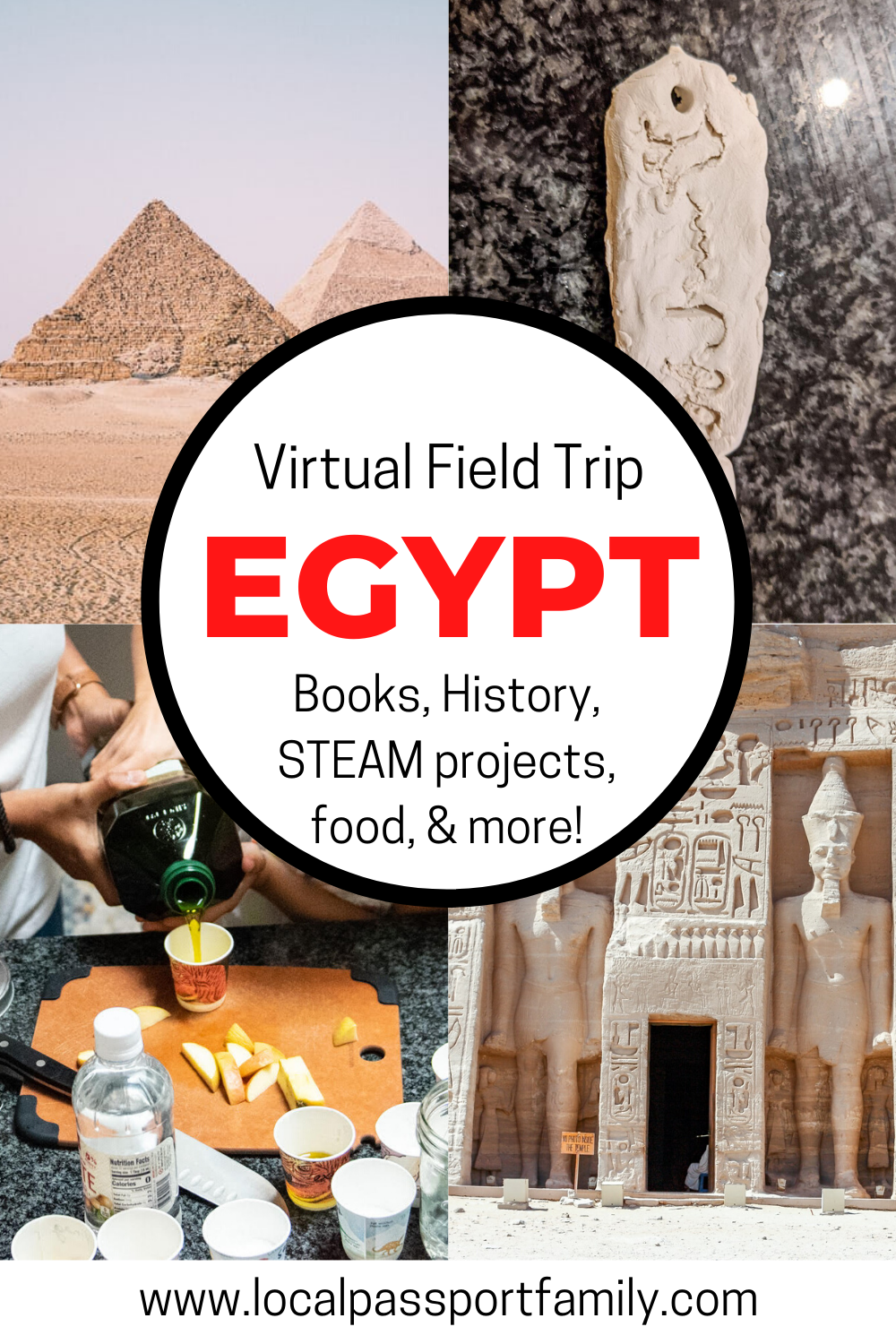
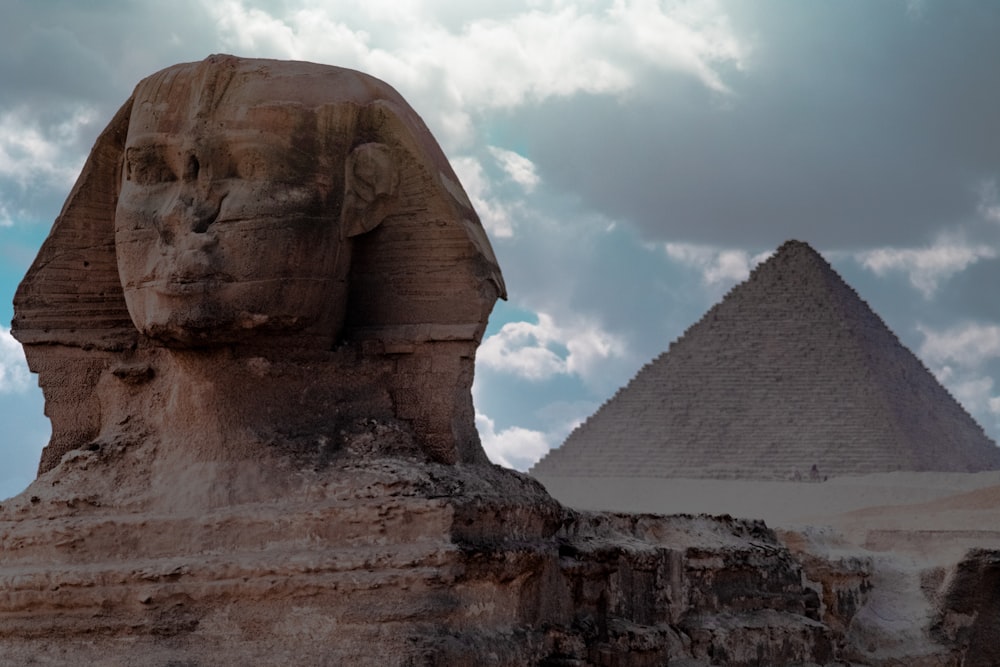

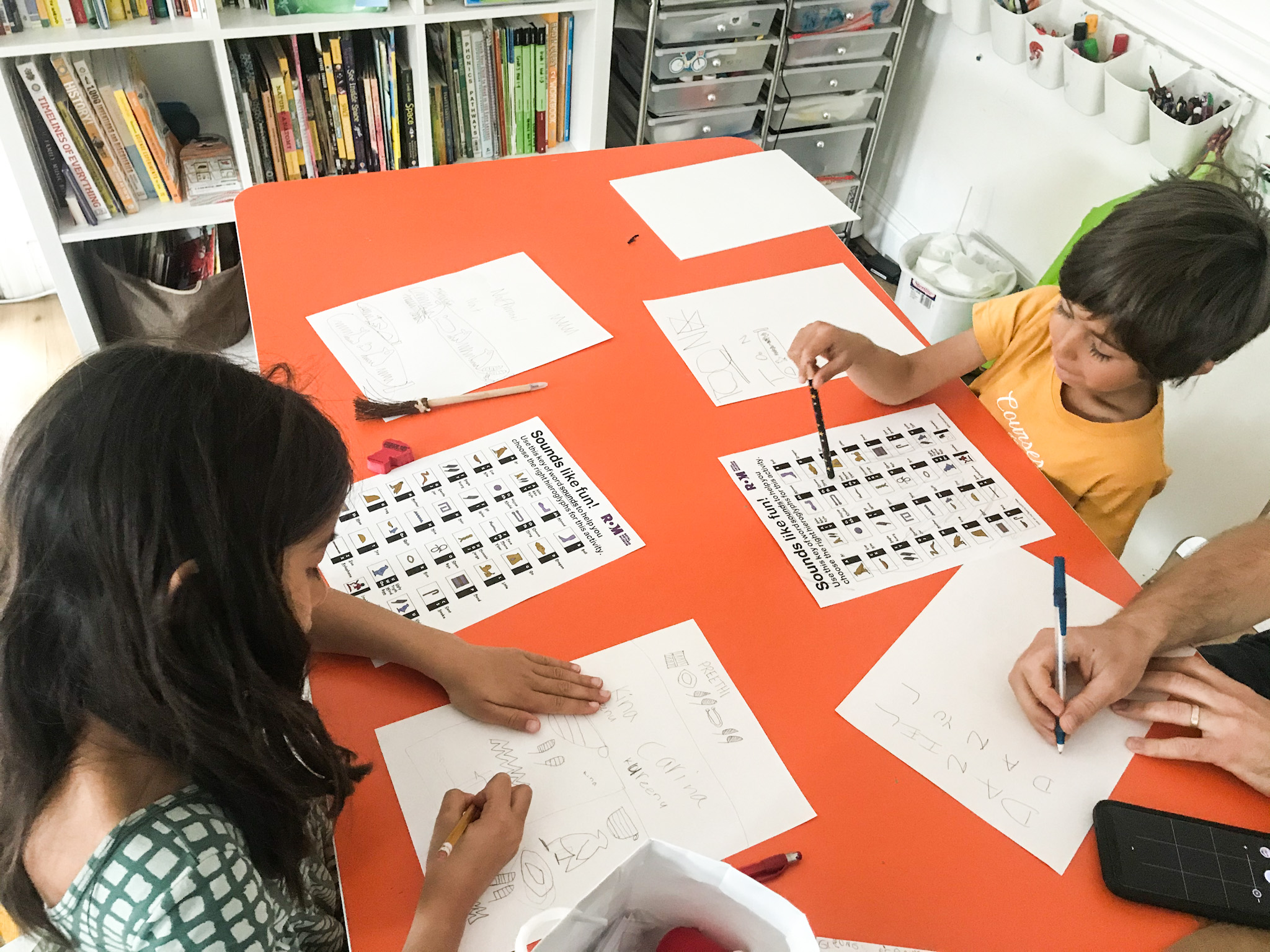

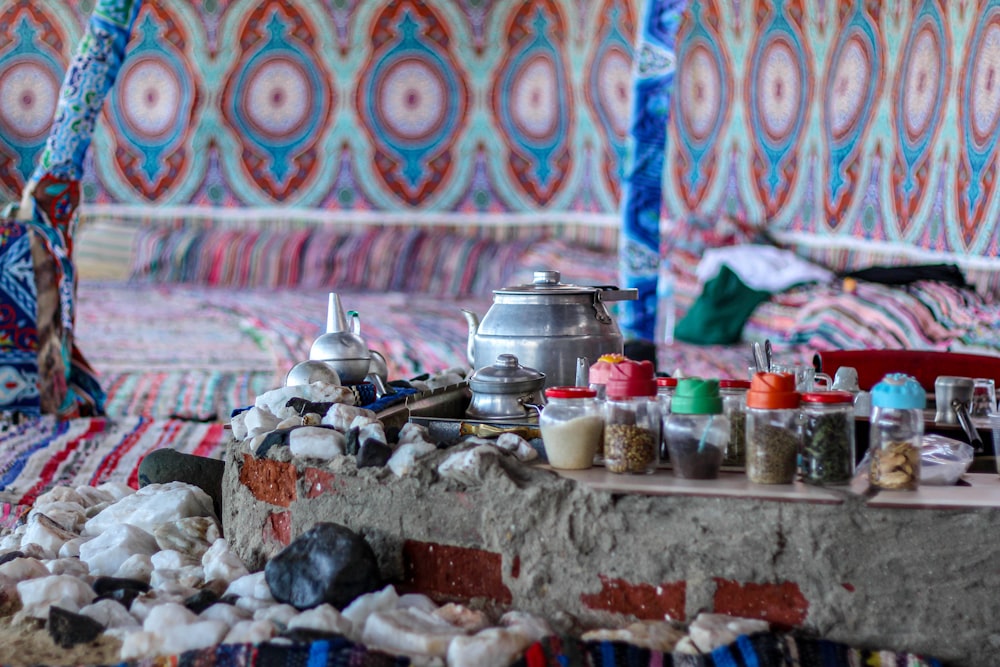
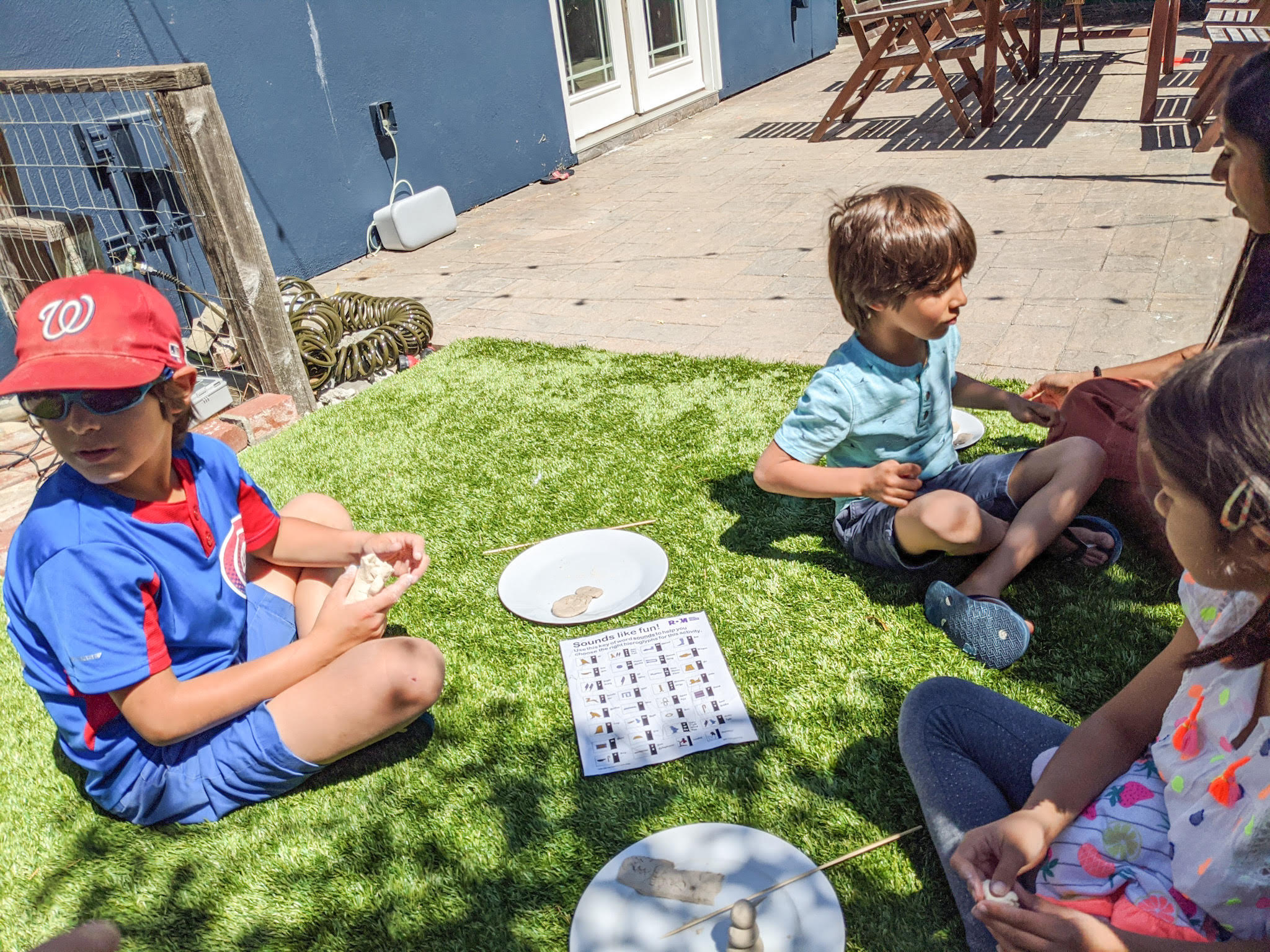
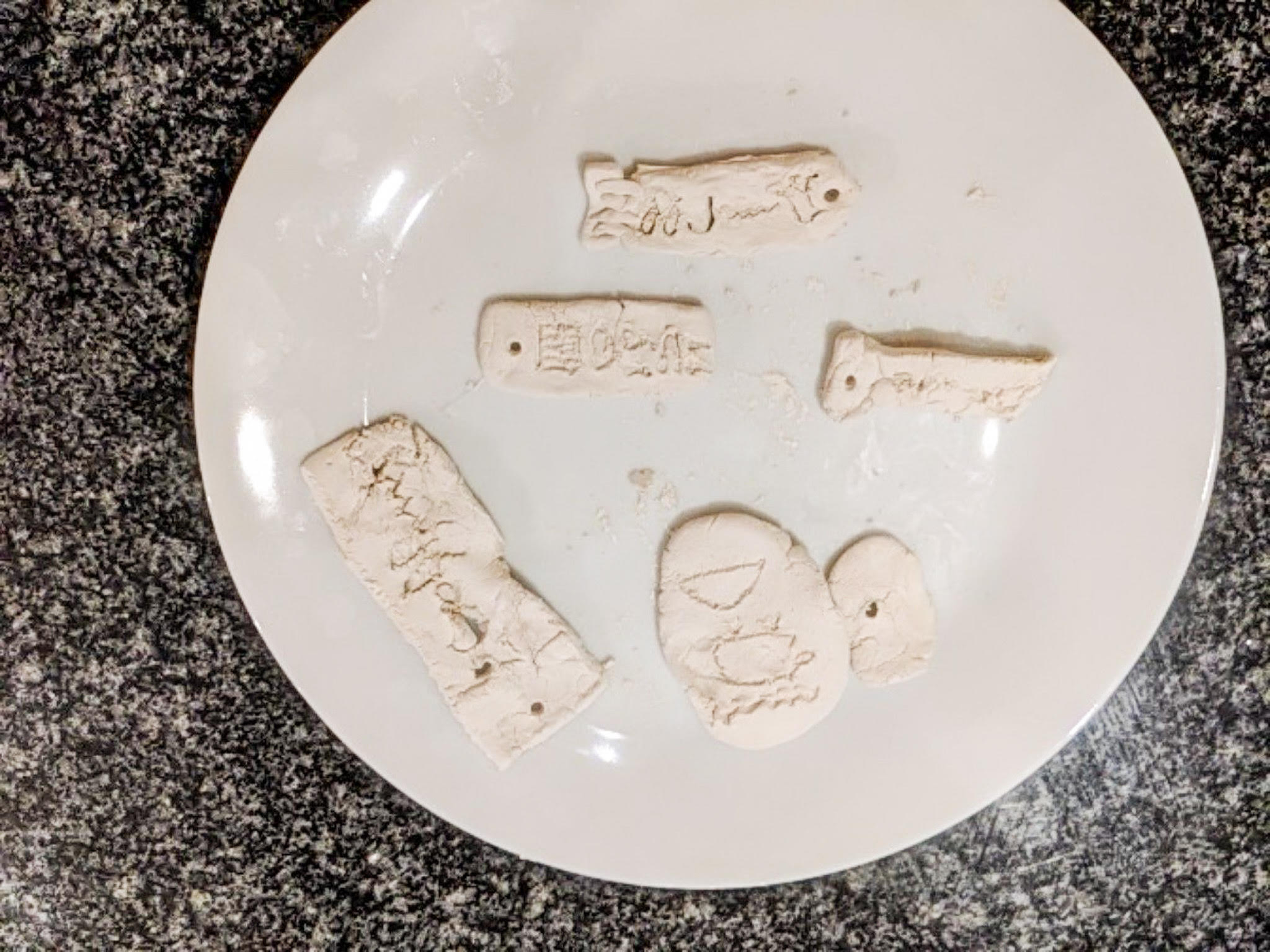
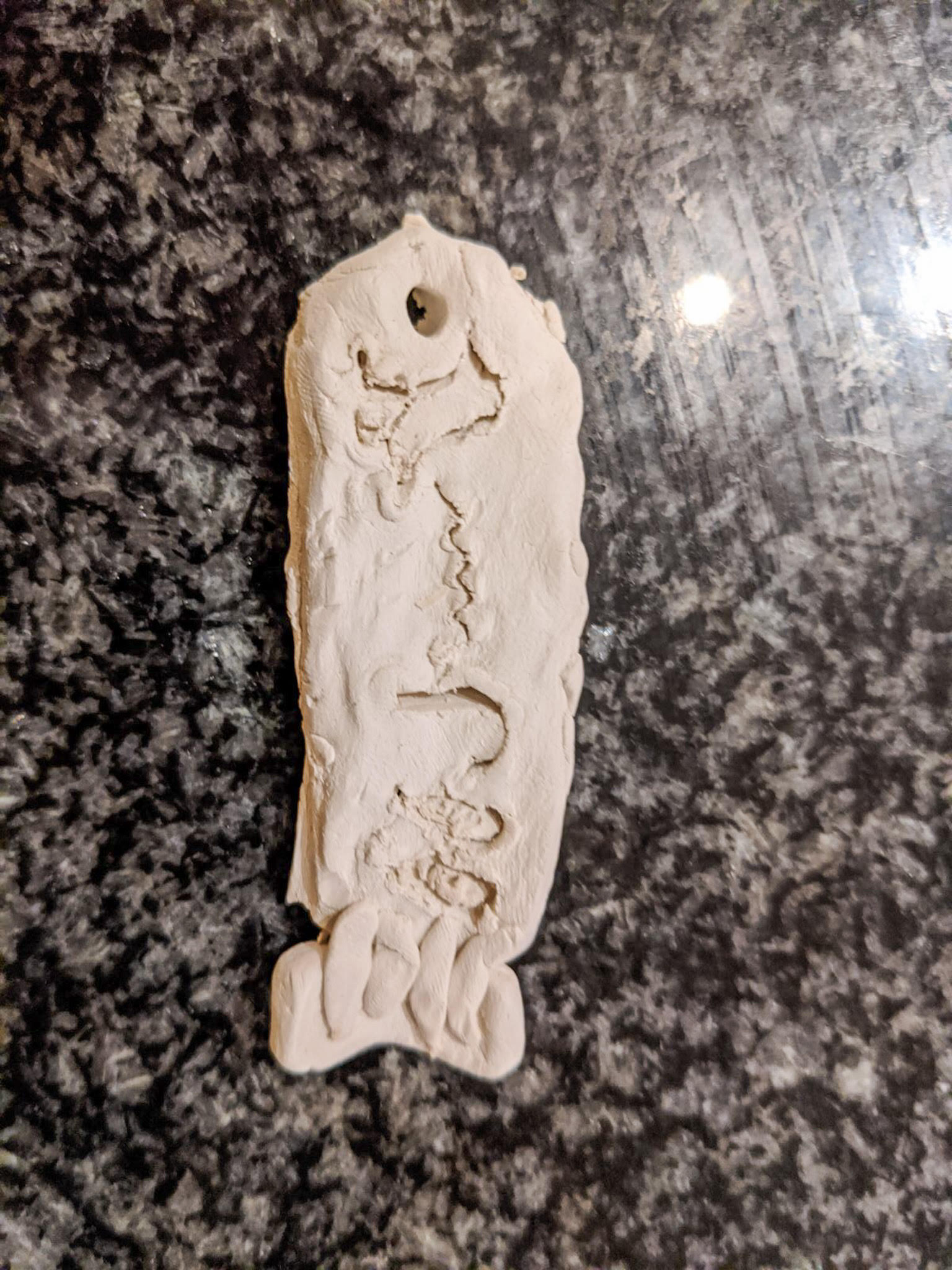
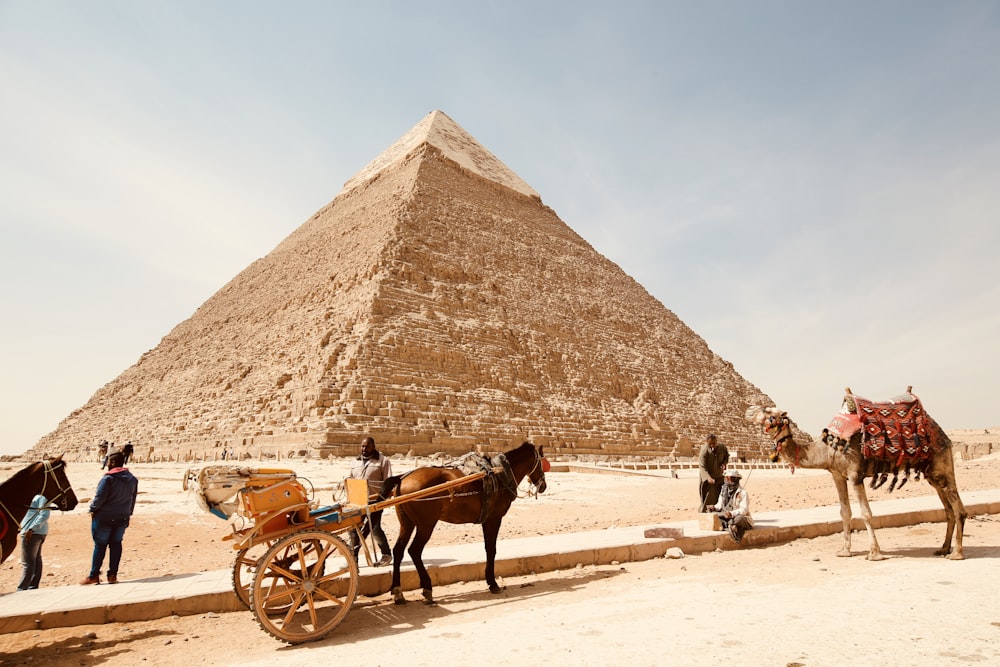
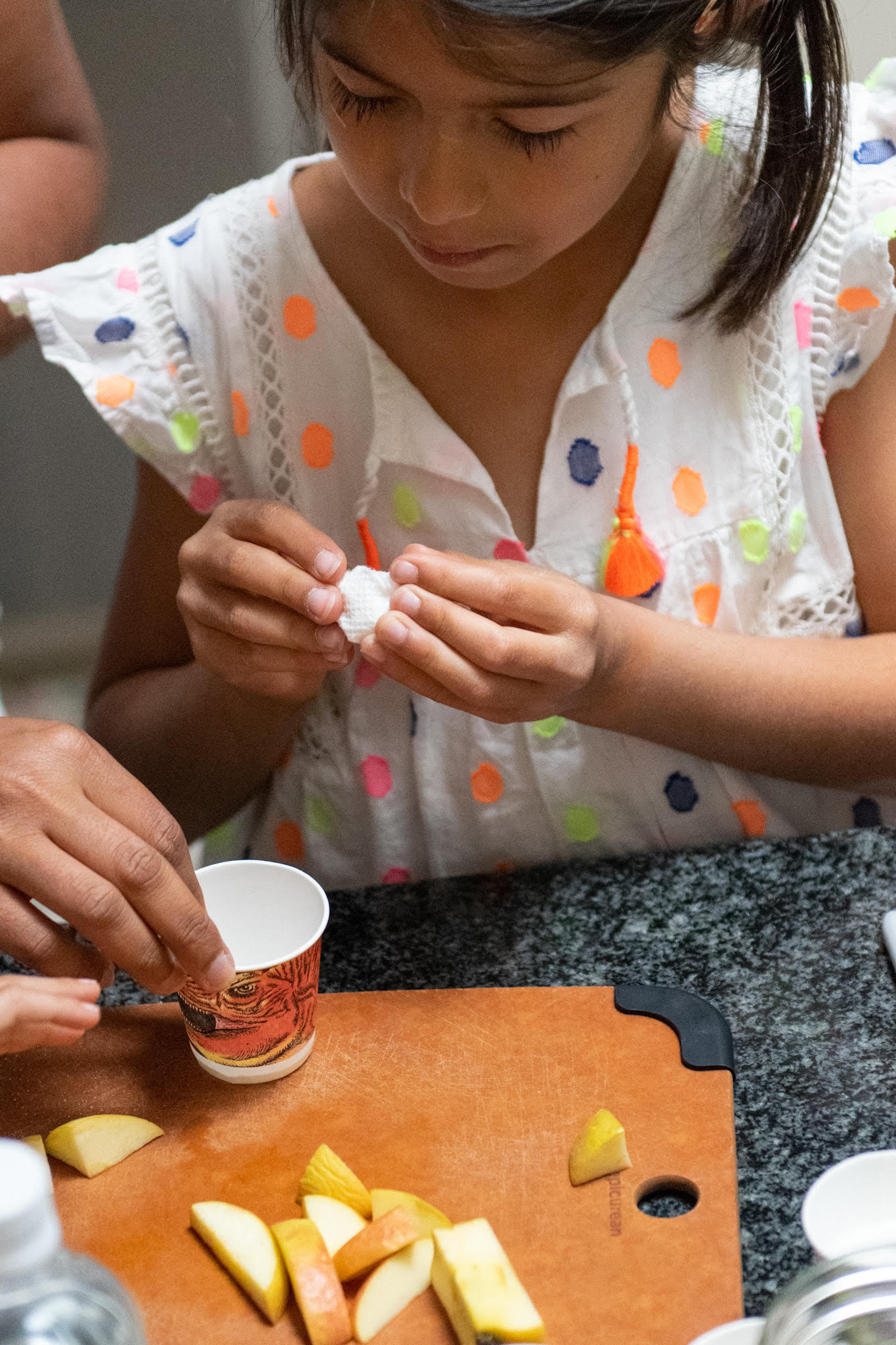
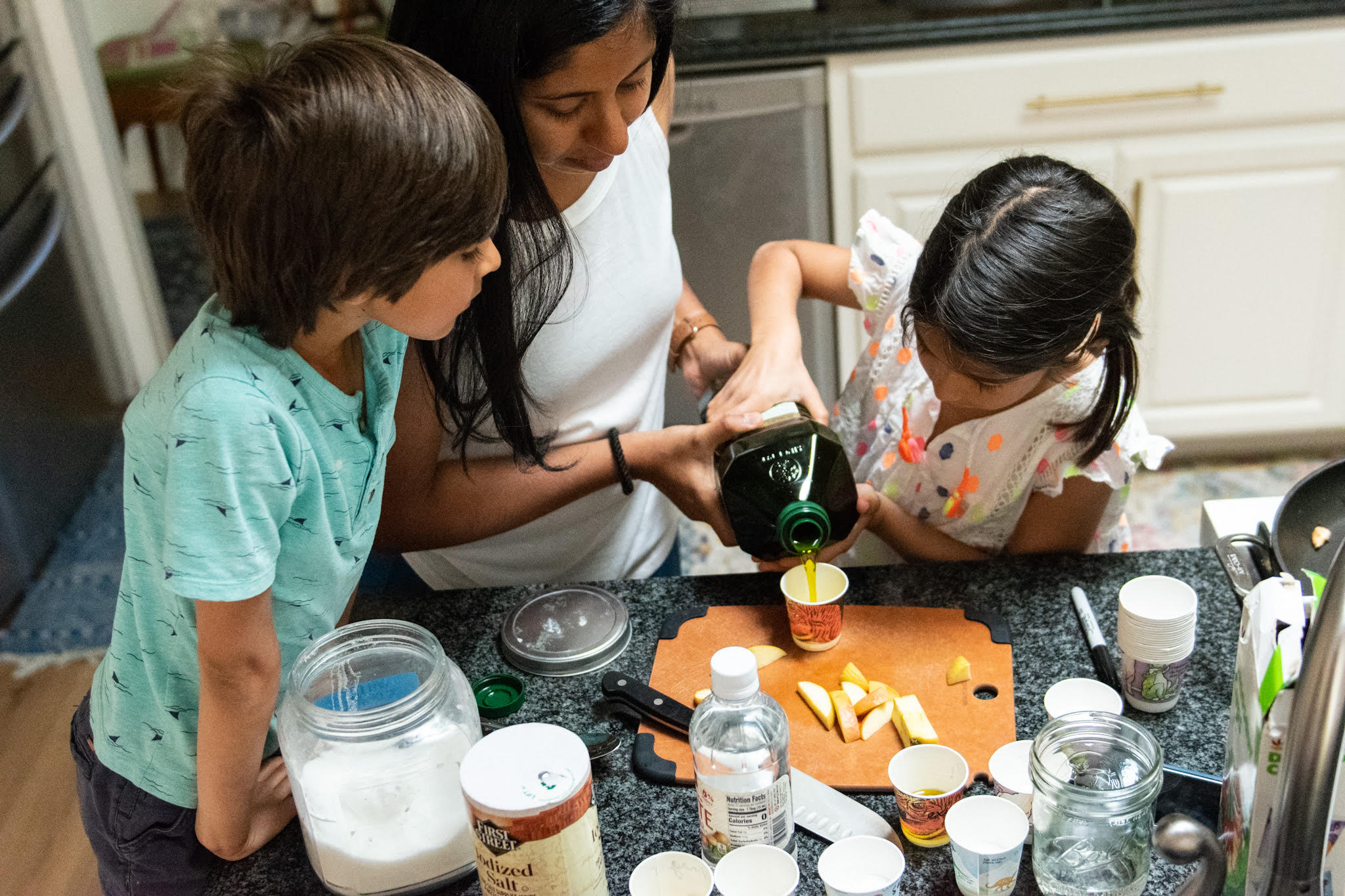
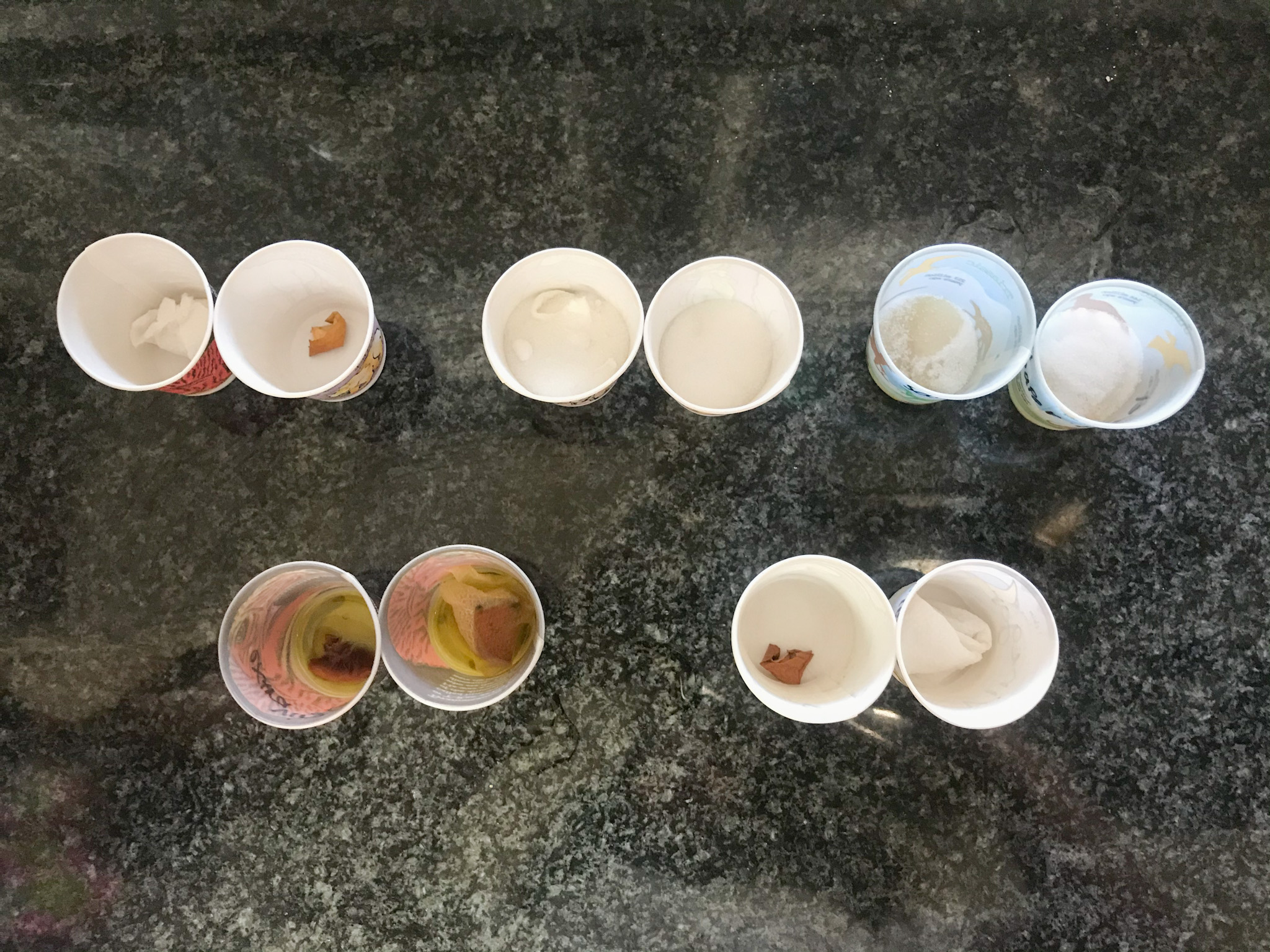
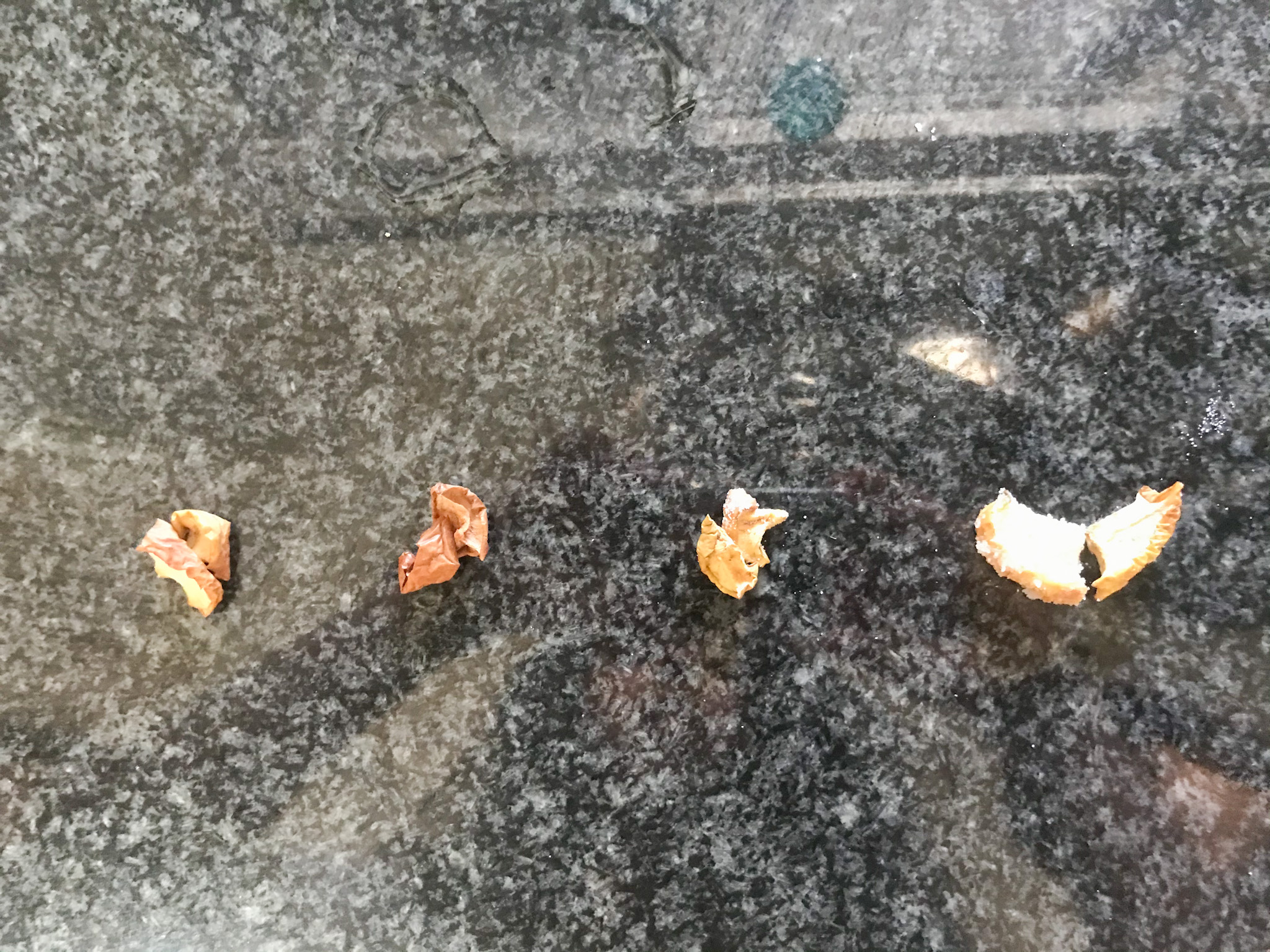
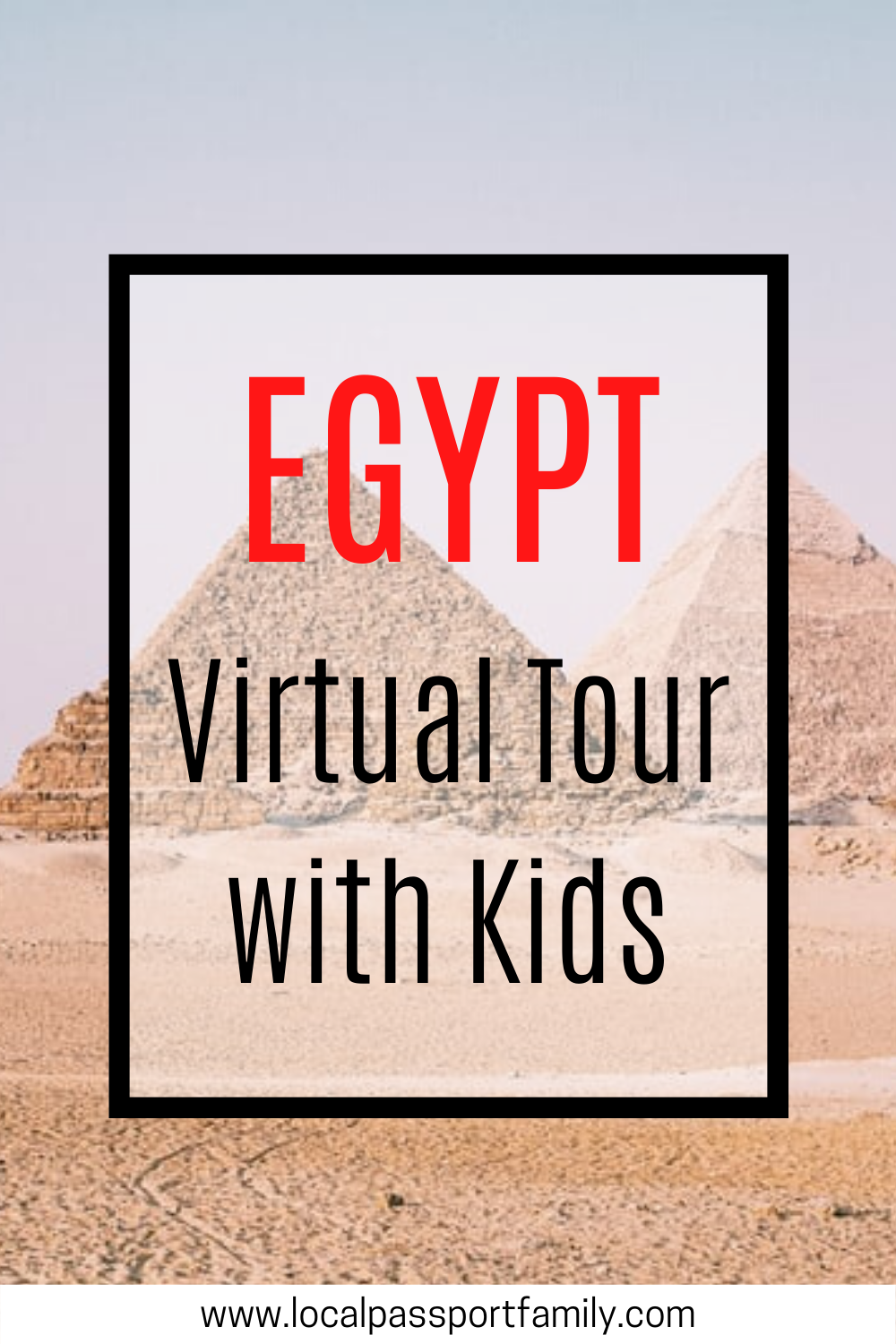
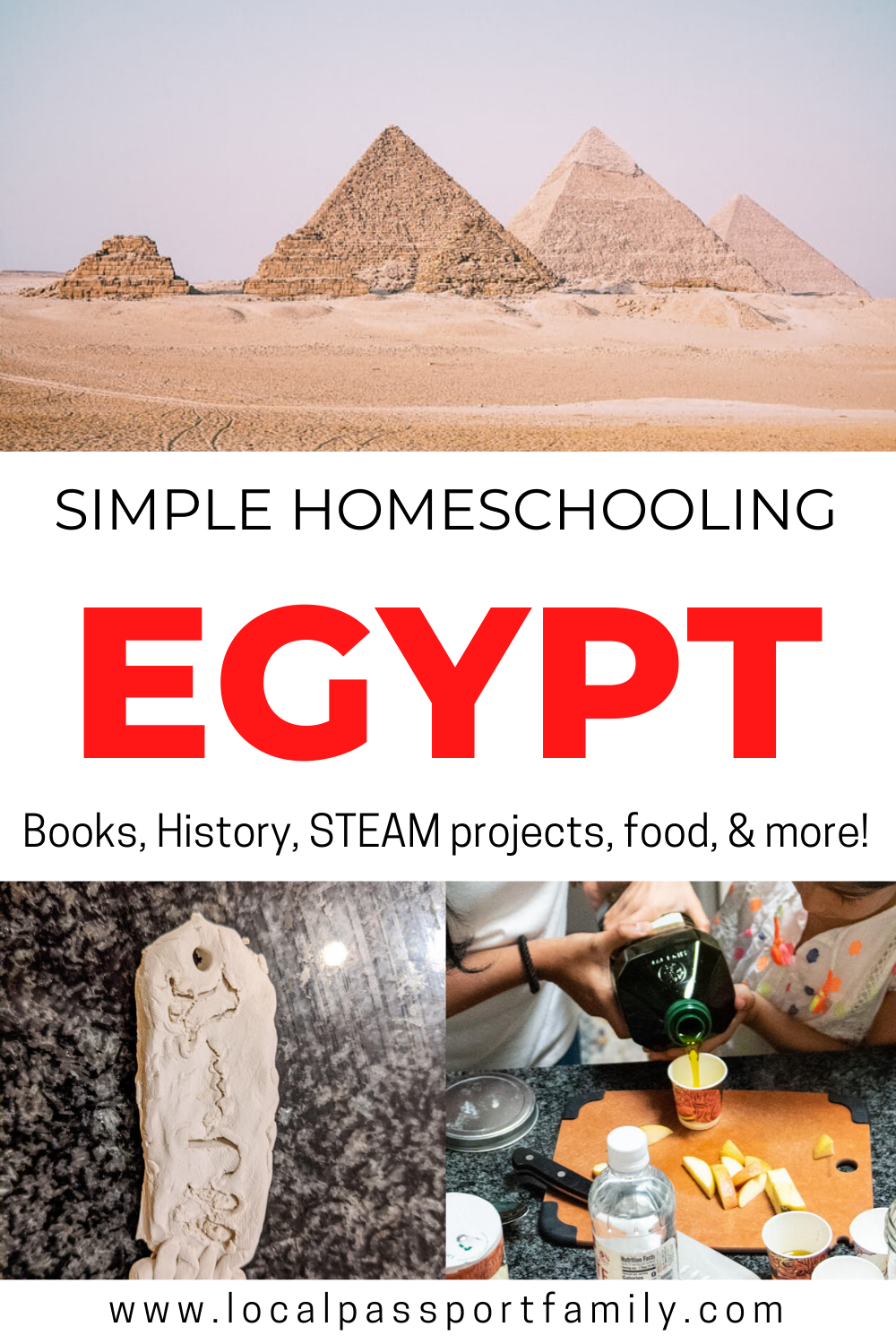
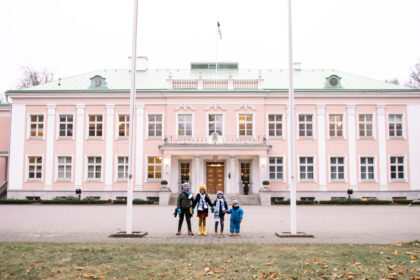
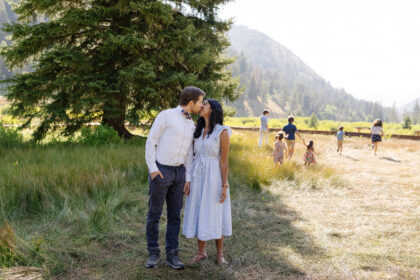
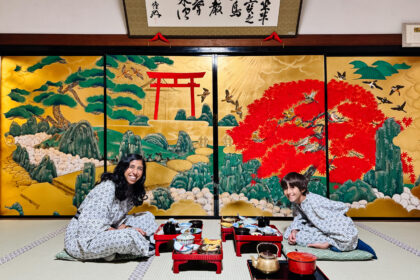
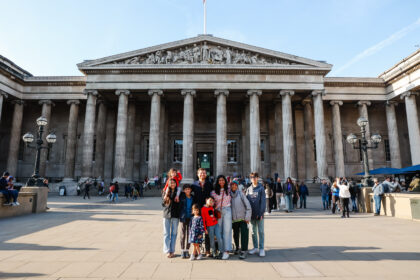


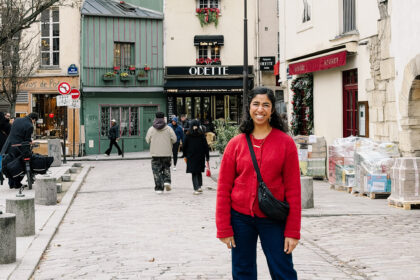
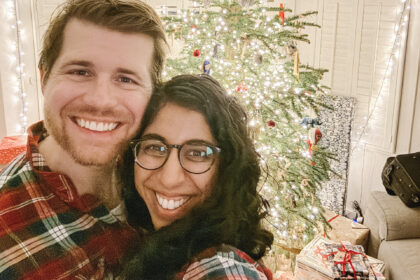

[…] is our simple Egyptian koshari recipe we used while doing an Egypt virtual tour for the […]
[…] Egypt Virtual Tour with Kids […]
[…] Perfect for a kid who is interested in learning about ancient paper, or if you’re studying Ancient Egypt. […]
[…] Egypt Virtual Tour with Kids […]
[…] Egypt Virtual Tour with Kids […]
[…] Egypt Virtual Tour with Kids […]